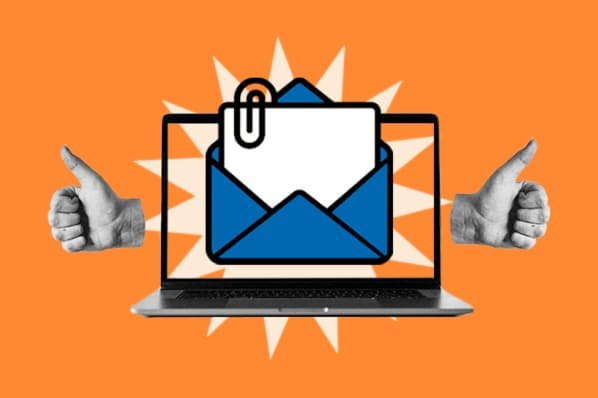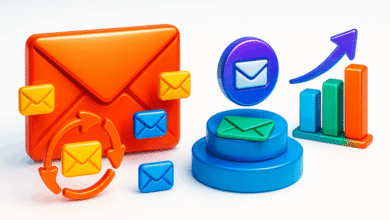4 Emails That Drive Engagement (And 4 That Don’t)

▼ Summary
– Welcome emails are highly effective as they capitalize on peak subscriber attention and intent immediately after sign-up.
– Automated emails triggered by recipient actions, like cart abandonment, perform well due to their relevance and timeliness.
– Value-first emails that offer useful content without a direct sales pitch help build long-term trust and engagement.
– Emails adhering to design best practices, such as clear layouts and visual hierarchy, drive higher engagement and conversions.
– Irrelevant, overly promotional, deceptive, or non-opt-in emails have the lowest engagement and can harm sender reputation.
Navigating the crowded inbox landscape requires a strategic approach to email marketing that prioritizes genuine engagement over sheer volume. The most effective campaigns blend relevance, timing, and value, ensuring subscribers not only open messages but also take meaningful action. Understanding which types of emails resonate, and which fall flat, can dramatically improve open rates, click-throughs, and long-term subscriber loyalty.
Let’s explore four email formats that consistently drive high engagement, followed by four that tend to underperform.
Welcome emails stand out as one of the most powerful tools in any email marketer’s arsenal. They arrive at a moment of peak subscriber interest, right after someone has actively chosen to hear from you. A well-crafted welcome message doesn’t just say “thank you.” It delivers immediate value, sets clear expectations, and guides the reader toward a next step. Brands that optimize their welcome series often see conversion rates that far exceed their standard promotional sends.
Automated emails triggered by user behavior, like cart abandonment or browse reminders, are another high-performer. These messages work because they’re timely, personalized, and directly tied to actions the recipient has already taken. When someone adds an item to their cart but doesn’t complete the purchase, a gentle nudge can recover what might otherwise be lost revenue. These emails feel less like marketing and more like helpful reminders.
Value-first emails focus on delivering useful content without an immediate sales pitch. Think recipes, how-to guides, industry insights, or even entertaining videos. These messages build trust and keep your brand top-of-mind during longer sales cycles. Subscribers open them because they expect something worthwhile, not because they’re being sold to.
Well-designed emails that follow visual best practices also see higher engagement. Clean layouts, clear hierarchy, mobile-friendly formatting, and strategic use of whitespace make messages easier to read and act upon. Good design isn’t just aesthetic, it’s functional, guiding the reader naturally from headline to call-to-action.
On the other end of the spectrum, some email types consistently underperform.
Irrelevant automated emails, like birthday messages sent without a birthdate or win-back emails to recent buyers, feel impersonal and often annoy subscribers. Automation only works when it’s contextually appropriate.
Overly promotional emails that focus only on discounts or limited-time offers can train subscribers to only engage when there’s a deal. This approach erodes long-term trust and diminishes the perceived value of your communications.
Deceptive emails that use misleading subject lines, false sender names, or hidden terms destroy credibility. While they might temporarily boost open rates, they almost always lead to higher unsubscribe rates and spam complaints.
Non-opt-in emails sent to recipients who haven’t explicitly agreed to hear from you carry significant risks. Even when legal, these lists typically generate low engagement, high spam rates, and deliverability issues. Permission-based marketing isn’t just a best practice, it’s a foundation for sustainable growth.
The most successful email programs balance promotional content with genuine value, using automation wisely and always respecting the subscriber’s attention. Start with one strong email type, like a welcome series or behavioral trigger, and gradually expand your strategy as you learn what resonates with your audience.
(Source: HubSpot Marketing Blog)
